With proper fleet safety management, you can reduce the risks of operating a fleet. Processes and systems can support truck drivers to stay safe while handling their vehicles. But, even the most comprehensive safety programs can’t ensure compliance on their own.
Your truck drivers need proper coaching and guidance to implement safe driving practices. Truck drivers who avoid risky driving habits can also avoid costly fines and keep themselves and their assets safe.
In this article, we’ll go over the most important safe driving trips for truck drivers. We’ll also explain how a fleet telematics solution can help improve compliance for your drivers.
Why is driver safety important?
Here’s why encouraging your drivers to stay safe matters for everyone involved.
Keeps your drivers (and cargo) safe
Safe driving is a vital ingredient of fleet safety and helps make sure you don’t lose your truck drivers to traffic accidents. But safe driving also keeps your cargo safe, as cargo can get damaged during road incidents. Even fast driving can damage fragile cargo.
Installing fleet telematics software provides data and insight that can help you coach your truck drivers to safer driving performance.
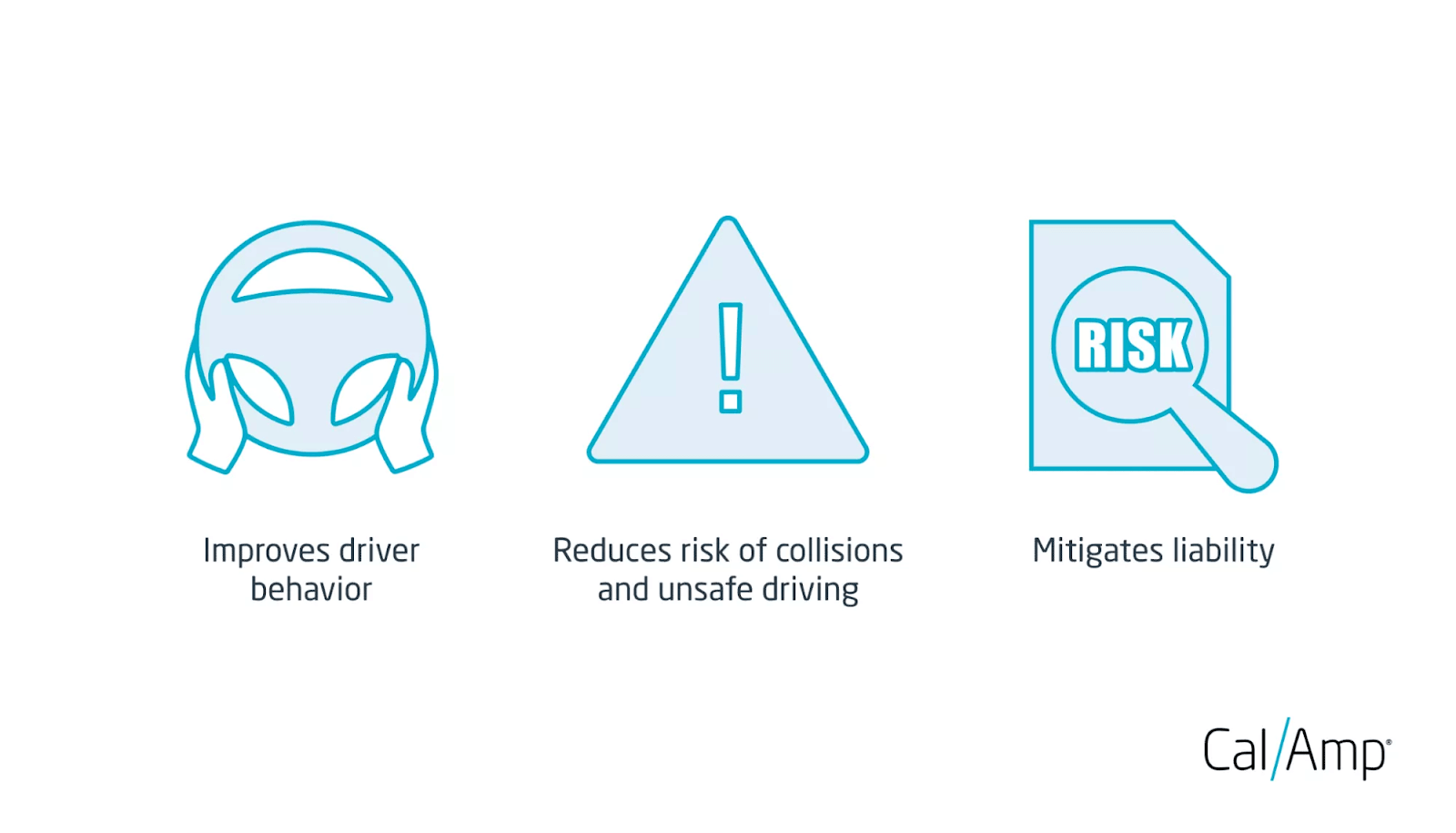
Protects your company’s reputation
Imagine a professional truck driver speeding in a vehicle with your trucking company’s logo. People who witness these actions may associate the risky behavior with your brand.
As a result, your reputation can suffer, and you can lose potential clients. Even if neither the driver nor your cargo gets hurt, your reputation won’t always escape without damage.
Saves on repair costs
Since safe driving means your drivers are at a reduced risk of getting into road accidents, you’ll avoid the additional cost associated with damaged vehicles.
Mitigates liability
Safe driving won’t always prevent accidents and cargo damage. Even if your truck drivers remain safe and drive responsibly, they can’t control how other people behave on the road.
However, safe driving from your drivers can reduce liability and protect you legally — especially if you have the telematics data to prove your driver’s not at fault. If someone sues your company because of an accident, you can prove that your company and driver aren’t liable for what happened.
On the other hand, unsafe driving can make you liable for damages. Because your truck drivers work for you, you’ll be on the hook for any damage they cause due to unsafe driving.
8 safe driving tips to improve fleet safety
Implement the following tips to mitigate the risk associated with unsafe driving to make sure your drivers work safely at all times:
1. Identify risky driving habits
It’s likely that very few of the truck drivers in your fleet drive dangerously.
But having a solid team of safe drivers doesn’t solve the issue of the handful of drivers who engage in risky driving behaviors. These aggressive drivers are the ones who are more likely to receive a fine or cause damage to your cargo.
So how can you tell your best drivers apart from the ones who need to improve? If you can’t identify who has risky driving habits, you’ll struggle to get them to improve at all.
Instead of playing the guessing game, you can implement a scorecard system to keep track of what your drivers are doing.
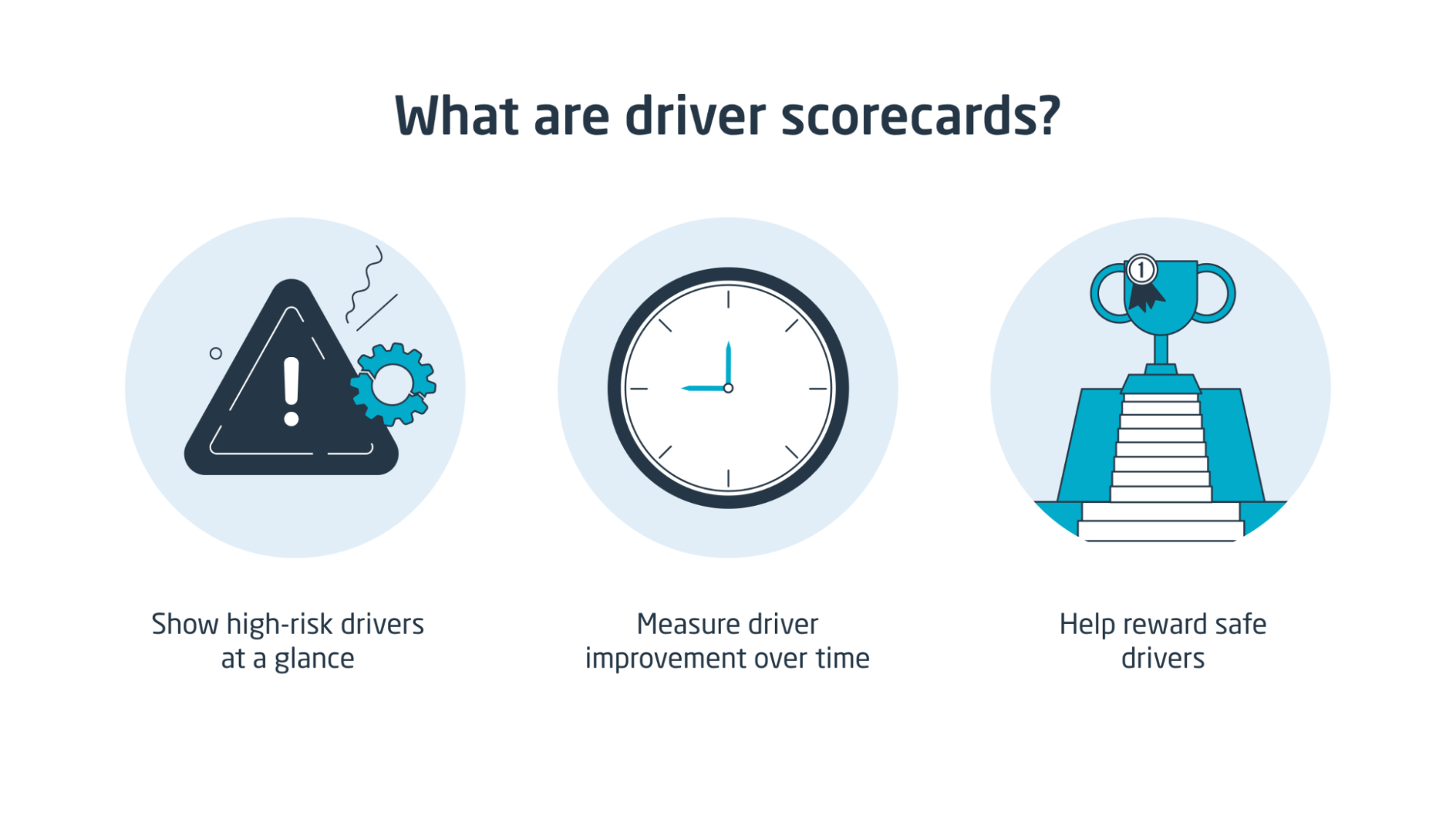
With driver scorecards, you can take one look and spot your highest-risk drivers easily. When you find these drivers, you can set them aside for additional training.
But scorecards also allow you to track these drivers’ progress over time. Thanks to telematics software, you’ll be able to tell if drivers are improving, stalling, or getting worse.
And when you find drivers who consistently perform well, you can reward them adequately to improve your employee retention rate.
2. Implement smart dash cams
Smart dash cams encourage drivers to drive safely since they’re being recorded. In the event of an accident in which they’re not at fault, the footage from your smart dash cams provides proof of your driver’s innocence.
If your company receives fraudulent claims, it’s easy to shut them down with your footage.
You’ll also be able to spot false logs from your drivers. 45% of out-of-service (OOS) violations for drivers in the US are due to false logs, which means they’re an important problem to watch for. Smart dash cams help you do that.
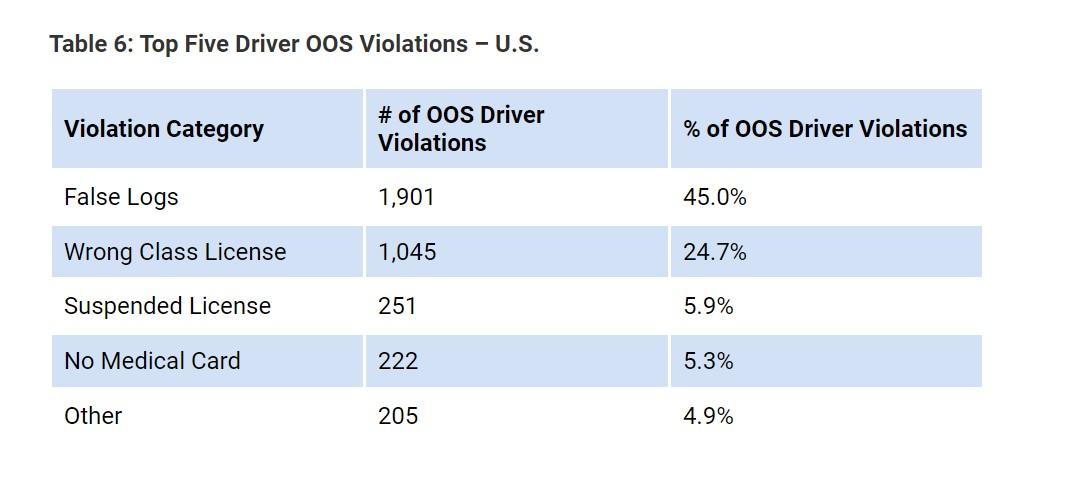
If you’re struggling to get buy-in from your truck drivers for smart dash cams, emphasize the benefits the drivers can get from them. You can explain how their technology plays a role in boosting everyone’s safety.
And if your truck drivers have issues with the way your company will use their data, address their concerns by creating a policy they can review.
3. Combat distracted driving
Did you know that distracted driving is involved in 9% of fatal crashes? That’s why combating this issue is important when implementing fleet safety tips for your truck drivers.
Accidents can happen in the blink of an eye. Whether a driver looks away to check a cell phone notification or takes a bite to eat or sip to drink while driving, accidents can happen within seconds.
It’s difficult to know if your truck drivers get distracted if you can’t see what’s going on. Ultimately in this scenario, it’s their word against yours. You can use driver-facing dash cams to monitor distracted driving behavior.
But a dash cam on its own may not be enough to combat distracted driving. Consider adding a distracted driving policy to your safety program. It’s important to prioritize safety in the minds of your commercial drivers.
Driver-facing dash cams can also keep your professional drivers safe from muggers or other third parties. In the case of truck theft, the authorities will be able to identify the perpetrator more easily if you have footage from the inside of the vehicle.
4. Use technology to inform your coaching sessions
Not all drivers in your fleet will need the same type of guidance from your coaching sessions. While one-size-fits-all training is easy to implement, it’s not always the most effective form of coaching when you have a fleet with a variety of needs.
This is especially true if some of your drivers have deeply ingrained habits they need to change for safety’s sake.
Offering a custom approach to driver coaching is a better solution to improve your drivers’ safety. You can tweak a custom coaching plan thanks to telematics data.
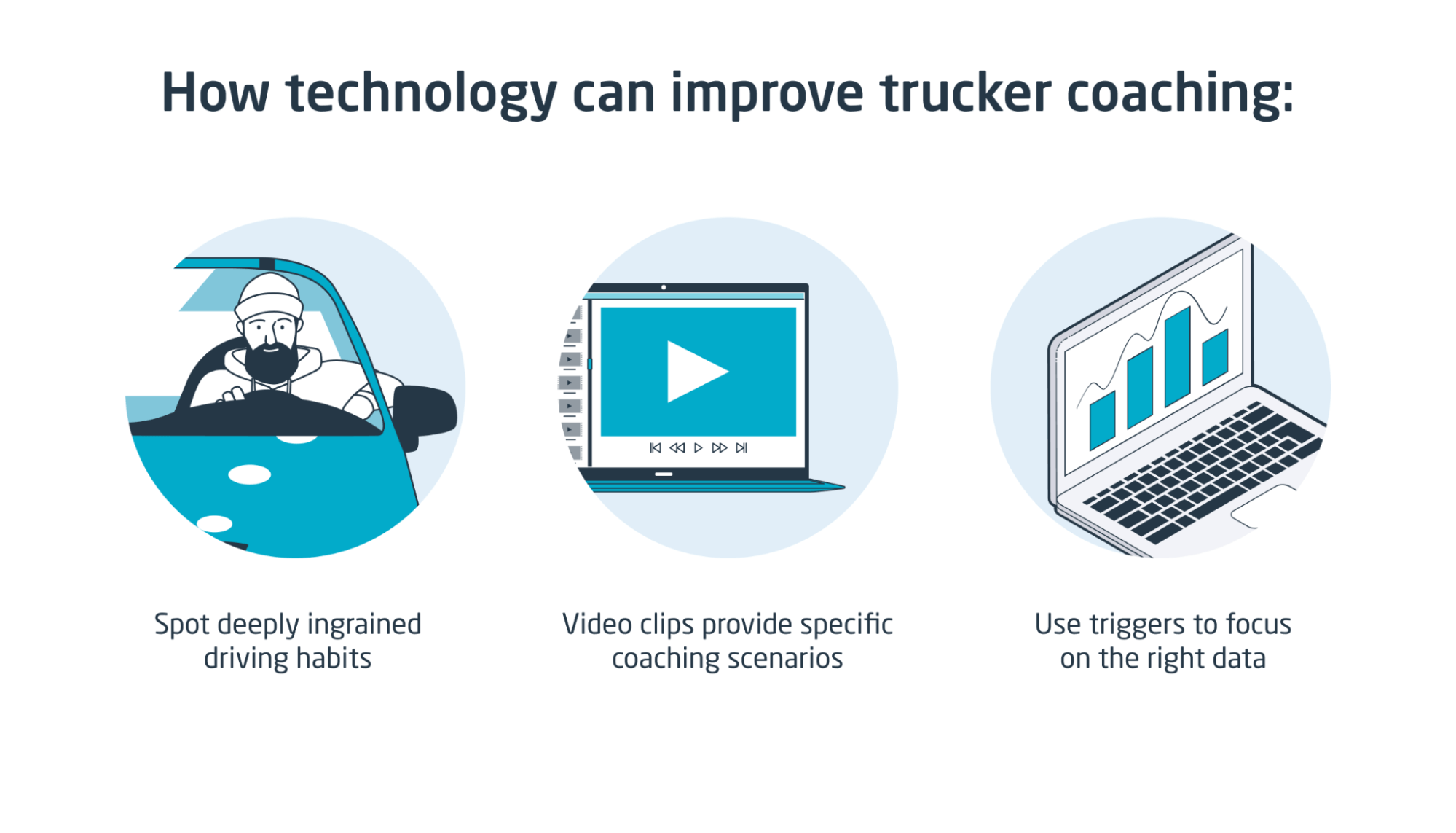
Telematics solutions can provide you with trigger-initiated video clips and other data to identify where your drivers need the most coaching. With this data in hand, you can walk through incidents with your drivers during coaching sessions and provide them with tailored advice and feedback.
Because so much of this data is trigger-based, you won’t have to sift through hundreds of hours of recordings to gain the most valuable insights. You’ll be able to focus your time on what’ll move the needle the most for each person.
5. Encourage less aggressive driving
Aggressive driving and driving over the speed limit cause 29% of fatalities in road accidents. That’s why collaborating with your professional drivers to reduce aggressive driving behaviors and fleet speeding is important.
You can use fleet telematics as part of a wider fleet management system, such as the CalAmp application, to discourage drivers from speeding. These tools can give you the detailed insights you’ll need to diagnose and flag risky behaviors.
For example, with fleet telematics and management software, you can find proof of drivers using harsh acceleration, braking, and cornering (ABC).
With fleet management software and telematics, you can also create a rewards program to incentivize drivers who drive at appropriate speeds. For instance, you can implement a bonus program for drivers who consistently drive at or below the speed limit and those who avoid ABC behaviors.
And this software can also help you plan better routes. If your routes are more efficient, your truck drivers will have less of a reason to speed.
6. Try in-cab alerts
When you have a telematics system in place, you can use in-cab notifications to keep your professional drivers alert.
In-cab audio alerts use a video telematics solution to analyze real-time data and warn drivers when they’re engaging in risky behavior. For example, drivers can receive an alert if they’ve gone over the speed limit. Additionally, they can receive a warning signal if they start tailgating another vehicle during a time of traffic congestion.
In-cab alerts are also useful for avoiding distracted driving. When video footage shows a driver looking away from the road, the in-cab alert can instantly call them back to focus.
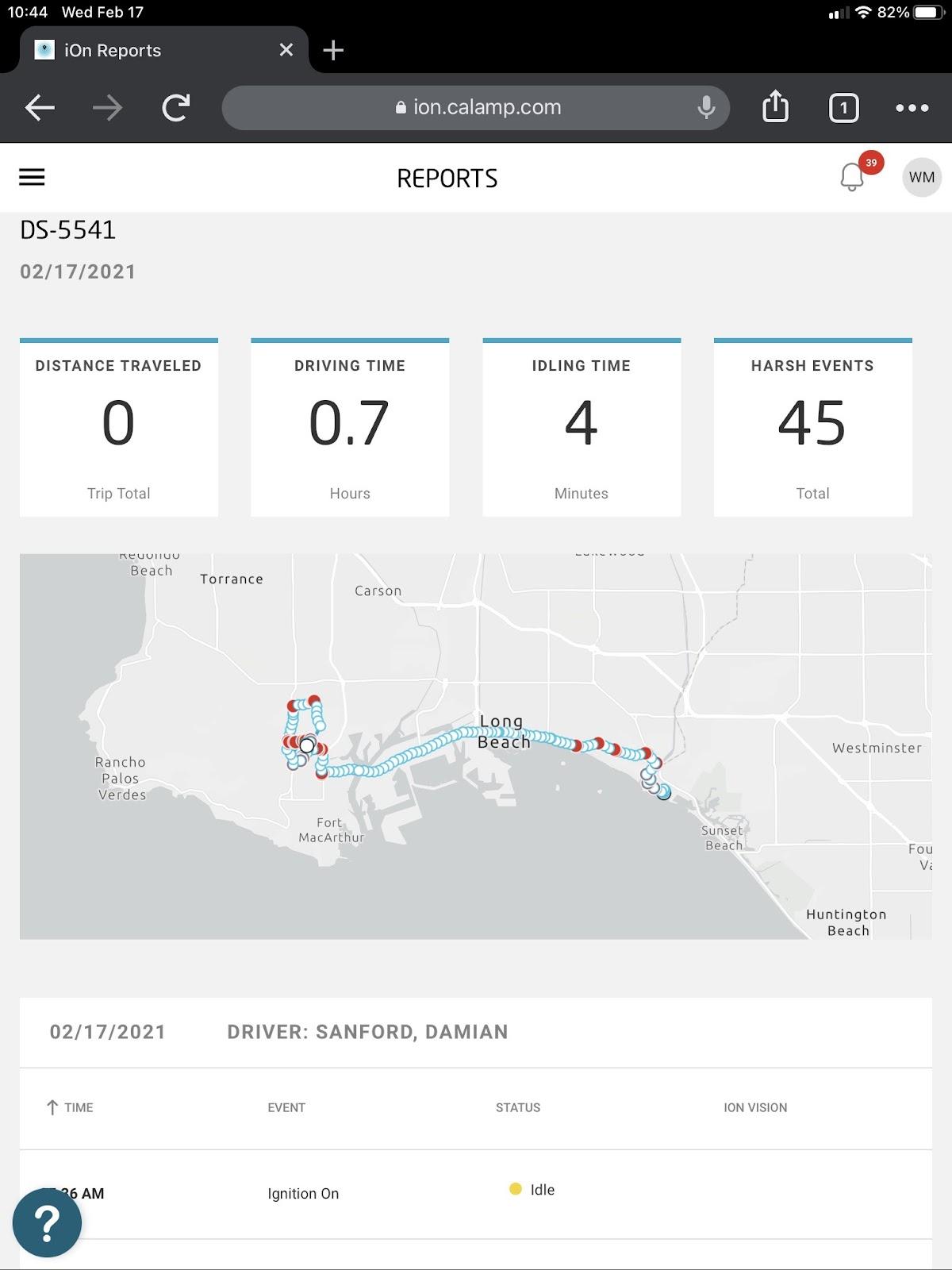
While customized coaching sessions can help a risky driver improve over time, in-cab alerts help them self-correct in real time instead. They’re quick reminders to help them stay focused on the road.
In-cab alerts are especially useful for drivers who mean well but don’t notice they’re engaging in risky behaviors. For example, some drivers may not exceed the speed limit consciously. If they have deeply ingrained habits, speeding can become an almost automatic behavior.
With the help of in-cab alerts, truck drivers can focus on performing their job safely and build better habits.
7. Launch a seat belt campaign
Awareness matters for your truck drivers. You can keep their safety awareness fresh by running a seat belt campaign from time to time.
9.6% of people in the US don’t wear safety belts, despite most of them knowing it’s unsafe to not do so. While this number has drastically decreased over the years, 9.6% is still too many people.
You can help ensure that your drivers understand seat belt safety using seat belt campaigns. You can also use fleet telematics solutions to configure alerts when drivers forget to wear their seat belts.
With awareness and alerts combined, even truck drivers who have habitually not worn a seat belt for years will start dissolving this habit. And you can use driver-facing video cameras to determine which drivers continue to avoid wearing their seatbelts despite the warnings.
8. Prevent driver fatigue
Safe driving is well-rested driving. Even a truck driver who always stays under the speed limit, wears their seat belt, and avoids aggressive driving can get tired from the long hours of driving.
Your drivers will be more well-rested if they follow driving regulations. However, an ineffective fleet schedule can cause fatigue even in drivers who respect their allotted driving hours.
If you notice frequent fatigue among your drivers, you should work to improve your fleet schedule. To establish a schedule that makes sense, you can use fleet management software and automate your time card process.
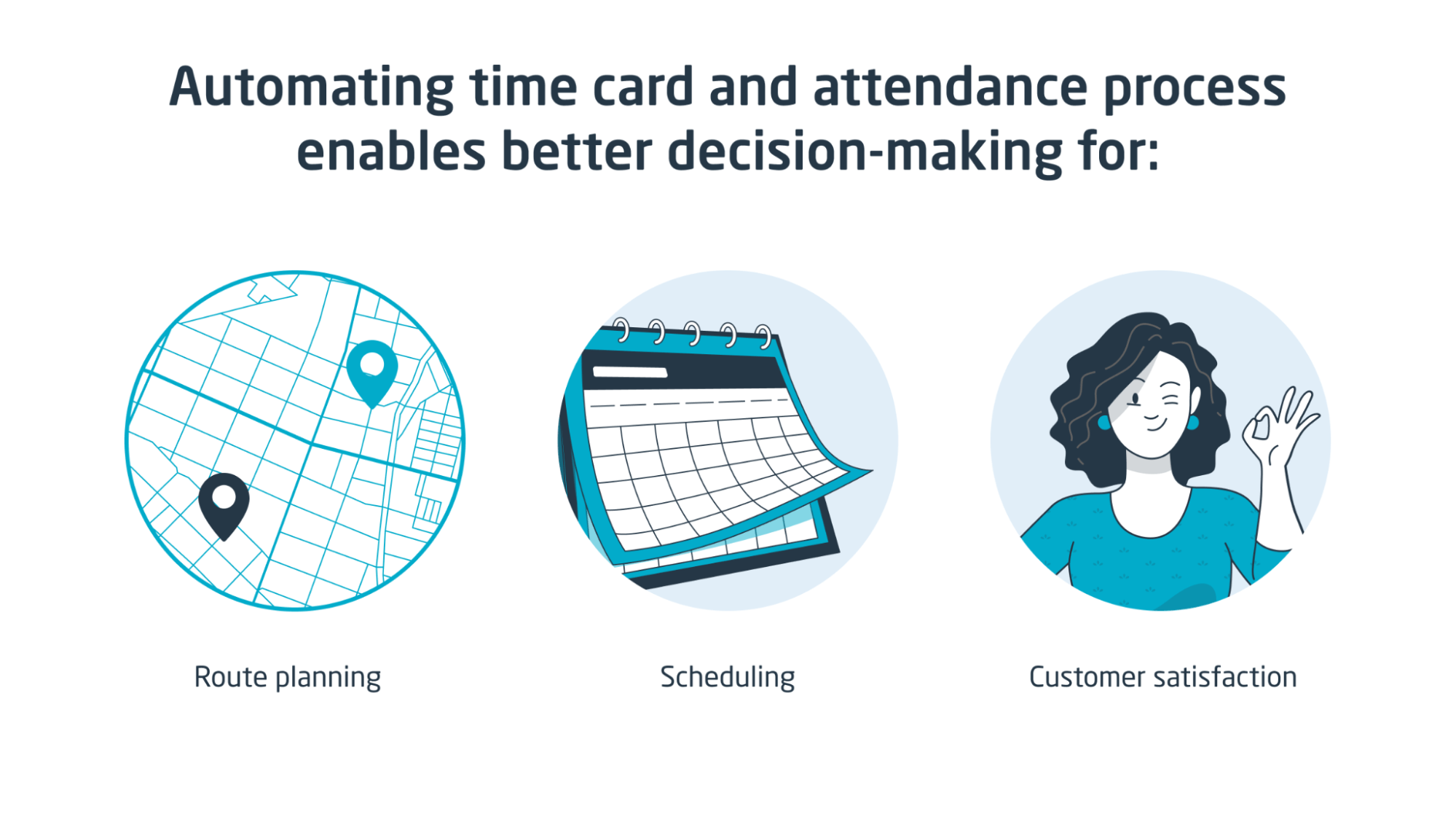
You’ll be able to collect feedback from your drivers to make sure they’re not fatigued with your current schedule. You can also verify whether their morale is high.
Plus, with fleet telematics in place, you can keep a close eye on how long each driver spends on the road. You can also implement geofencing features around specific locations so that drivers won’t need to check in manually.
If there’s an issue with your route planning and scheduling, it’ll be easier to make the appropriate changes when you have more data on hand.
Make safe driving the default
Even with a solid safety guide for your truck drivers, it’s difficult to maintain compliance without telematics in place.
Request a demo of the CalAmp application today to see how you can improve driver safety with a dependable and complete telematics platform.